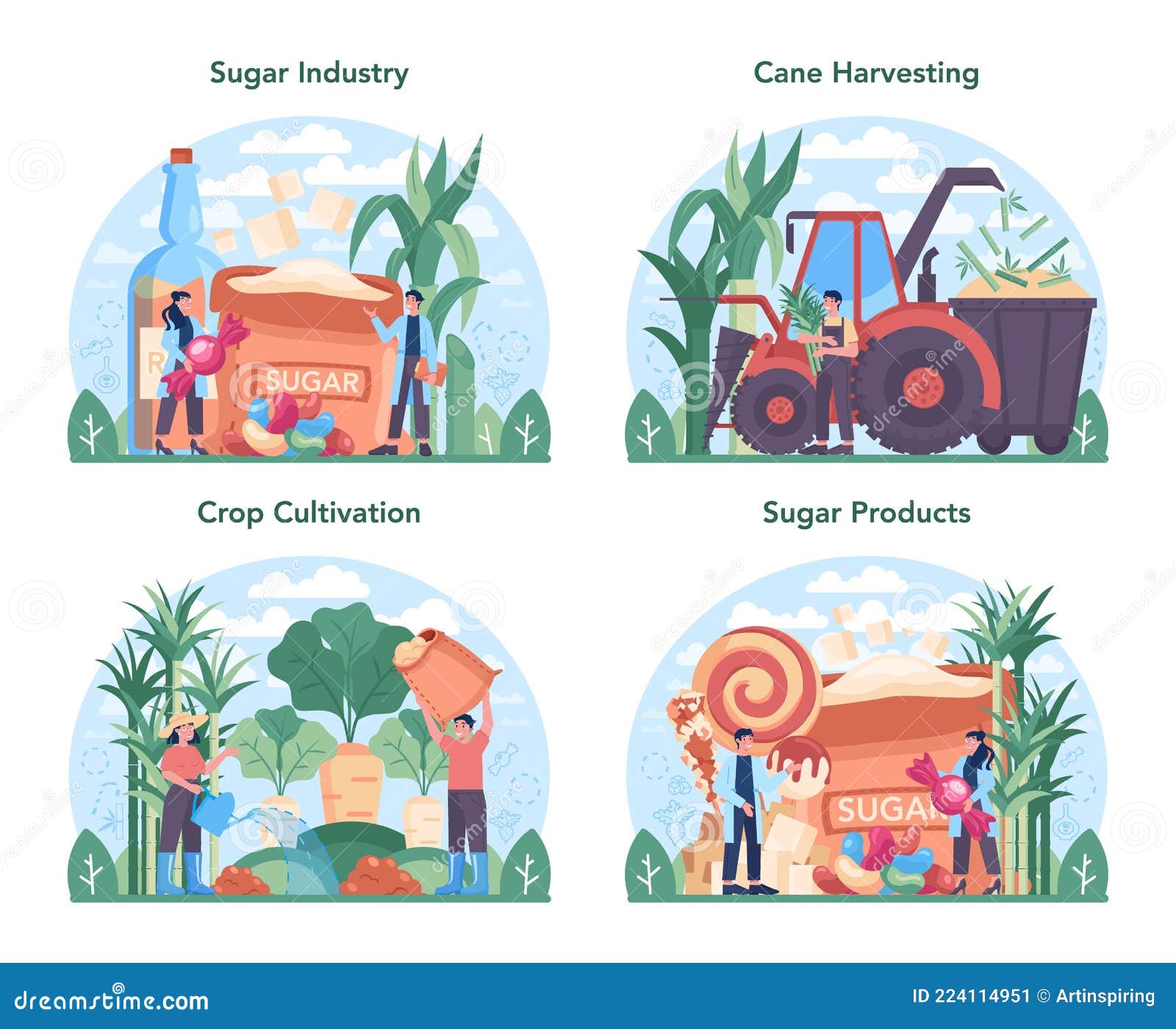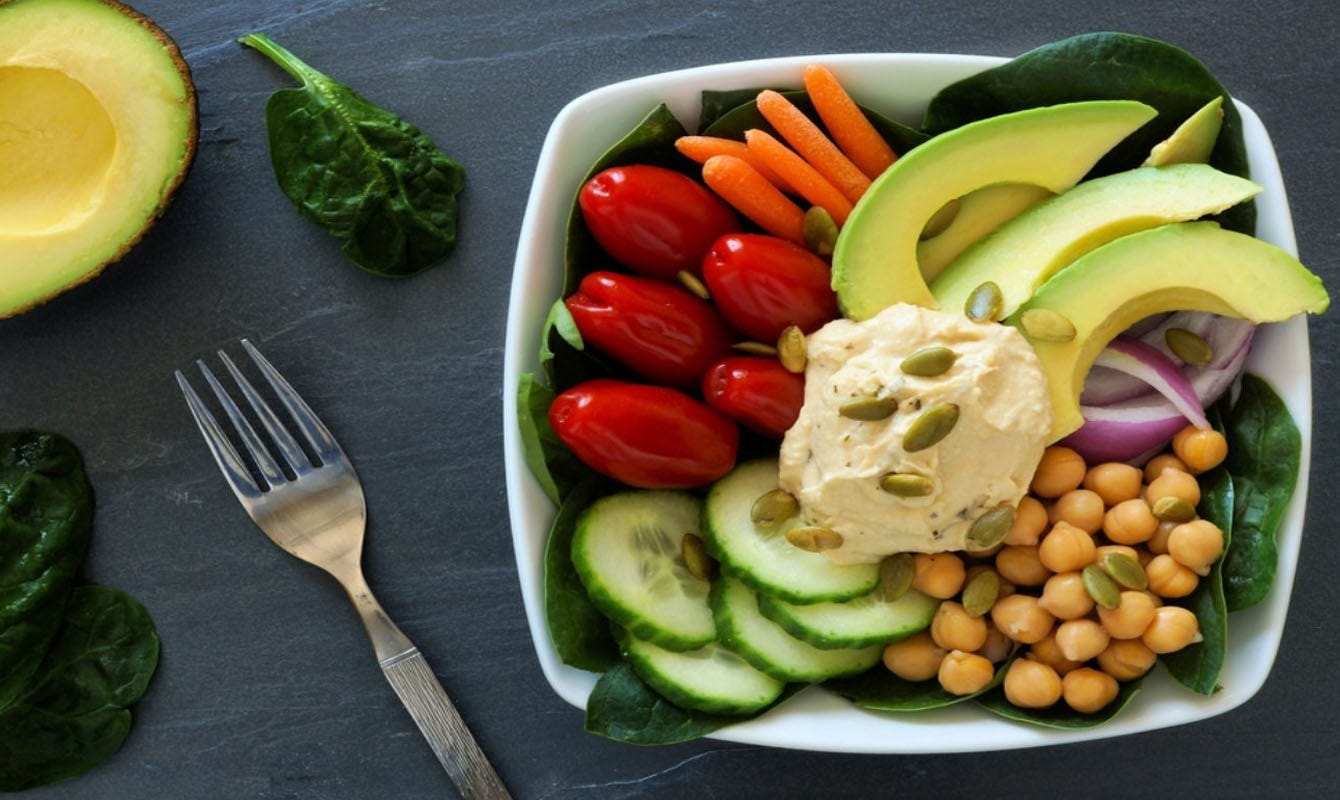Understanding Cassis Blackcurrant: Cultivation, Harvesting, And Processing

Table of Contents
Cultivation of Cassis Blackcurrants
Climate and Soil Requirements
Successful Cassis blackcurrant cultivation hinges on providing optimal growing conditions. This robust berry thrives in cool climates with distinct seasons, preferring full sun or partial shade. The ideal soil is well-drained, fertile loam with a slightly acidic pH (6.0-6.5). Regions known for successful Cassis cultivation include parts of France, Eastern Europe, and select areas in North America with similar climatic conditions.
- Suitable soil types: Loam, sandy loam, well-drained clay loams.
- Optimal temperature ranges: Cool summers (ideally around 18-21°C), winters with adequate chill hours.
- Sunlight needs: At least 6-8 hours of direct sunlight daily.
- Impact of frost: Susceptible to late spring frosts, which can damage buds and blossoms.
- Water requirements: Consistent moisture is crucial, especially during flowering and fruit development, but avoid waterlogging.
Planting and Propagation
Cassis blackcurrants can be propagated through various methods, including hardwood cuttings, softwood cuttings, and layering. Hardwood cuttings, taken in late autumn or winter, are a popular choice. Planting should ideally occur in the dormant season (late autumn or early spring) to allow the roots to establish before the growing season.
- Steps involved in planting: Prepare the soil, dig planting holes, plant cuttings or rooted plants, water thoroughly.
- Optimal planting times: Late autumn or early spring.
- Spacing between plants: Allow adequate spacing (approximately 1-1.5 meters) to ensure proper air circulation and sunlight penetration.
- Use of rootstock: Rootstock selection can influence vigor, disease resistance, and yield.
Pest and Disease Management
Cassis blackcurrants are susceptible to several pests and diseases. Careful monitoring and proactive management strategies are vital for healthy plants and high yields.
- Common pests: Aphids, spider mites, birds (which can significantly reduce yield).
- Common diseases: Anthracnose, powdery mildew, fungal leaf spots.
- Preventive measures: Proper spacing, good air circulation, sanitation practices.
- Treatment options: Organic options include insecticidal soaps and neem oil for pests, and sulfur or copper-based sprays for fungal diseases; conventional options include chemical pesticides and fungicides, following label instructions meticulously. Integrated pest management (IPM) is often recommended.
Harvesting Cassis Blackcurrants
Determining Ripeness
Harvesting Cassis blackcurrants at the optimal time is crucial for achieving superior flavor and quality. Ripe berries will be plump, deep purplish-black, and easily detach from the stems. A slight squeeze will reveal a soft, juicy texture. Taste testing a few berries provides the best indication of ripeness.
- Color indicators: Deep purplish-black color, uniform throughout the berry.
- Texture assessment: Plump, soft, and juicy.
- Taste test: Sweet and tart flavor, characteristic of ripe Cassis.
- Ideal harvesting window: Typically mid- to late summer, depending on the variety and climatic conditions.
Harvesting Methods
Cassis blackcurrants can be harvested manually or mechanically. Hand-picking ensures the highest quality but is labor-intensive and time-consuming. Mechanical harvesting is more efficient but can cause damage to the berries if not done carefully.
- Hand-picking advantages and disadvantages: High quality, minimizes damage, but slow and expensive.
- Mechanical harvesting efficiency: High efficiency but potential for berry damage.
- Impact on berry quality: Mechanical harvesting can bruise berries, affecting their shelf life and quality.
Post-Harvest Handling
Careful post-harvest handling is critical for maintaining the quality and extending the shelf life of Cassis blackcurrants. Rapid cooling after harvesting is essential to prevent deterioration.
- Gentle handling: Avoid bruising or crushing the berries.
- Rapid cooling: Cooling to below 10°C as soon as possible after harvest.
- Storage conditions: Store in refrigerated conditions to extend shelf life.
- Preventing bruising: Use appropriate containers and handling techniques to minimize damage.
Processing Cassis Blackcurrants
Cleaning and Sorting
After harvesting, Cassis blackcurrants require careful cleaning and sorting. This involves removing any debris, leaves, or stems, as well as sorting the berries by size and quality. Damaged or spoiled berries should be discarded.
- Removing debris: Washing and rinsing the berries gently.
- Sorting by size and quality: Separating large, undamaged berries from smaller or damaged ones.
- Removing damaged berries: Discarding any bruised, rotten, or otherwise damaged berries.
Value-Added Products
Cassis blackcurrants are used to create a wide array of value-added products that capture their unique flavor.
- Popular Cassis products: Cassis liqueur (crème de cassis), jams, jellies, juices, wines, and even incorporated into desserts and sauces.
- Production methods: Processes vary depending on the product; liqueur involves maceration and distillation, jam involves cooking with sugar, juice requires pressing and pasteurization.
- Regional variations: Different regions may have unique recipes and production methods for Cassis products.
Storage and Preservation
Various methods are available for preserving Cassis blackcurrants and their processed products, extending their shelf life.
- Freezing: A popular method for preserving berries for later use.
- Canning: A long-term storage method that involves preserving berries in sterilized jars.
- Drying: Dehydration removes moisture, preventing spoilage.
- Pasteurization: Heat treatment that kills microorganisms and extends shelf life.
- Shelf-life extension techniques: Using appropriate packaging and storage conditions.
Conclusion
From the careful cultivation of Cassis blackcurrant plants and the meticulous harvesting of ripe berries, to the diverse range of processing techniques employed to create a variety of delicious products, each stage plays a vital role in ensuring the exceptional quality of this esteemed berry. Understanding the journey of Cassis blackcurrants – from field to final product – highlights the dedication and expertise involved in bringing this unique flavor to consumers. Learn more about Cassis blackcurrant cultivation, explore its endless culinary applications, or perhaps even embark on the rewarding experience of growing your own Cassis plants – the potential of this flavorful berry is truly exceptional.

Featured Posts
-
 Escape From Trump Why Americans Are Pursuing European Citizenship
May 21, 2025
Escape From Trump Why Americans Are Pursuing European Citizenship
May 21, 2025 -
 31 Reduction In Bp Chief Executives Annual Pay
May 21, 2025
31 Reduction In Bp Chief Executives Annual Pay
May 21, 2025 -
 Superalimentos Para La Salud Por Que Este Supera Al Arandano En La Prevencion De Enfermedades
May 21, 2025
Superalimentos Para La Salud Por Que Este Supera Al Arandano En La Prevencion De Enfermedades
May 21, 2025 -
 Klopp Un Gelecegi En Guencel Transfer Soeylentileri
May 21, 2025
Klopp Un Gelecegi En Guencel Transfer Soeylentileri
May 21, 2025 -
 Wwe Talents Report Hinchcliffe Segment Flopped Backstage
May 21, 2025
Wwe Talents Report Hinchcliffe Segment Flopped Backstage
May 21, 2025
